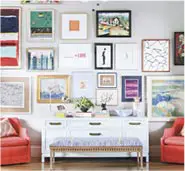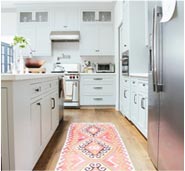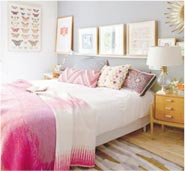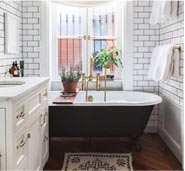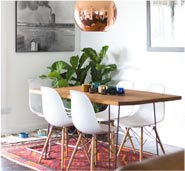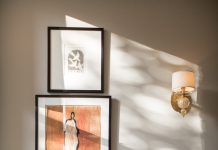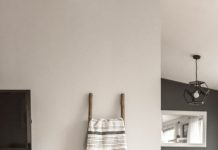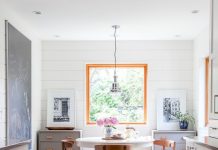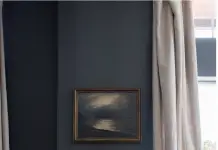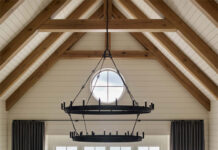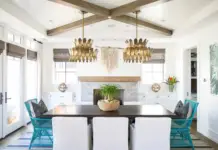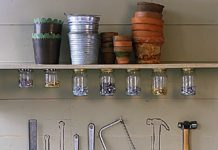Mixing decor styles can feel intimidating, but it doesn’t have to be. If you love the layered textures of boho, the clean lines of modern design, and the timeless elegance of traditional decor, you can absolutely have all three. The key is balance, intention, and a few simple principles that make the mix look curated, not chaotic.

Here’s how to successfully blend boho, modern, and traditional elements in your home without sacrificing style or cohesion.
1. Start With a Dominant Style
When combining multiple aesthetics, choose one to lead. This keeps your space grounded and prevents visual overload. For example, you might go 60% modern, 25% traditional, and 15% boho. Or flip that if you’re drawn to bohemian layers but want a few sleek or classic accents.
Starting with a dominant style doesn’t mean the others disappear—it just helps give the room a point of view.
2. Use Color to Tie Everything Together
Color is one of the easiest ways to create harmony between different decor styles. You don’t need a perfect palette, but you do need consistency. Choose 2–3 main colors and repeat them across the room in textiles, art, and furniture.
Let’s say you love modern black-and-white, traditional navy, and earthy boho neutrals. You could anchor the room in warm whites and wood tones, then layer in navy pillows, black metal fixtures, and natural fibers to bridge the gap.
3. Focus on Form, Not Just Style Labels

A mid-century modern chair might feel perfectly at home next to a carved wood console if both pieces share a similar scale or silhouette. Look at the shape, texture, and visual weight of each item. If those elements feel balanced, the room will too—even if the individual styles vary.
Boho favors curved lines and organic materials. Modern leans minimalist with sharp edges. Traditional embraces symmetry and ornate details. Pick pieces that play nicely together, and don’t get too hung up on where they “belong.”
4. Mix Materials with Intention

Texture is where style blending really shines. Think velvet meets rattan. Brass next to black iron. A modern glass coffee table paired with a Persian-style rug.
Boho design loves layered, global textures. Modern is often sleek and smooth. Traditional brings in rich woods and polished finishes. When you combine all three, your space feels dynamic—but be intentional. Repeat each material at least twice so nothing feels out of place.
5. Keep the Layout Clean
One common trap with mixing styles is over-decorating. If you’re layering vintage rugs, macramé, classic chairs, and modern lighting, you need space between them to let each piece breathe.
Use modern design principles—like negative space and clean sightlines—to give boho and traditional elements room to shine. A clutter-free layout helps your eye flow through the space without getting stuck.
6. Use Transitional Pieces as Bridges
Some items naturally bridge styles. A streamlined linen sofa can feel modern and classic. A vintage chest with simple lines can blend easily into both boho and traditional spaces.
When in doubt, choose neutral, versatile pieces that connect two or more of your chosen styles. These transitional items create visual “glue” that pulls the look together.
7. Let Art and Accessories Tell the Story
Art is where you can lean into your personality and let all styles meet. A gallery wall might combine abstract prints (modern), oil paintings (traditional), and handwoven textiles (boho). As long as the colors relate and the frames feel intentional, it works.

Likewise, accessories like throw pillows, books, plants, and ceramics are low-risk ways to experiment with different vibes. Try mixing a boho beaded lamp with a modern tray and traditional candlesticks on the same console table.
Final Thoughts
Decorating with more than one style doesn’t have to feel like a puzzle. By choosing a dominant look, repeating color and materials, and keeping your layout clean, you can create a home that reflects all sides of your personality.
A well-blended space feels layered, lived-in, and uniquely yours. And that’s the real goal—not perfection, but a home that tells your story.

